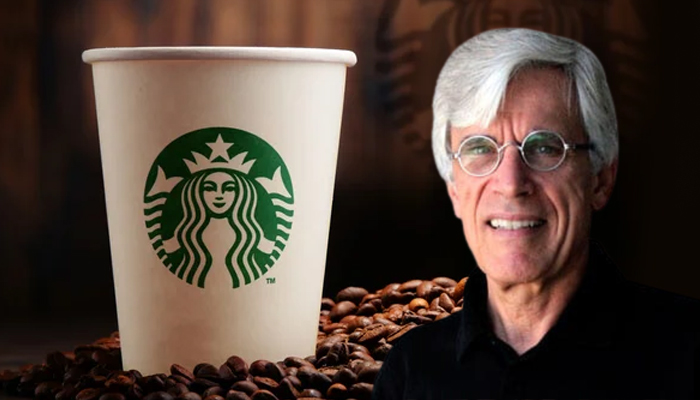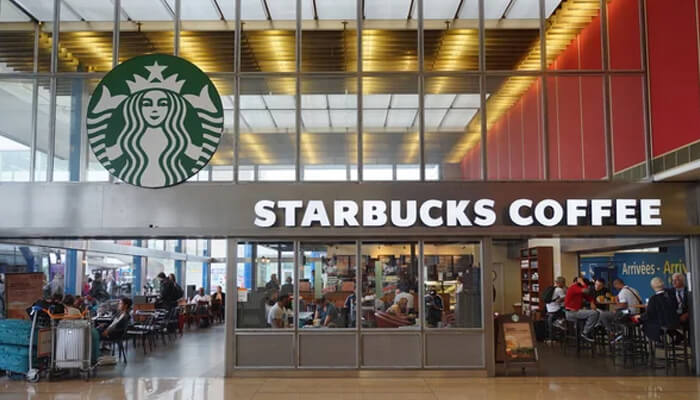How did the Starbucks idea crop up?
Three University of San Francisco students, Jerry Baldwin, Gordon Bowker, and Zev Siegl, became business partners. The trio began selling high-quality coffee beans and coffee roasting equipment from Alfred Peet. Initially, for nine months, Peet’s Coffee was served. Starting in 1971, within a decade, Starbucks had five stores, becoming a coffee giant by the millennium’s end.
Starbucks Background
Starbucks bought Peet’s Coffee in 1983, and Howard Schultz was to manage the retail marketing and sales of the company. He visited the espresso bars of Milan, Italy, and the coffee culture was an attraction with the Italian coffee bars’ romance.
Howard came home with a determination to establish the same coffee culture in the United States but did not receive support. He left the company and wished to begin his own successful business empire. The founder invested in Schultz’s vision and did more research in Italy about espresso bars and coffee.
Starbucks Expansion
The first coffee bar was in 1986 in the Columbia Seafirst Center. It resulted in more centers opening in Seattle and Vancouver. He hired Dave Oslen as an employee trainer and coffee consultant. Schultz, a year later, was thriving, and frustration was high at Starbucks.
Schultz came to his old colleagues with an offer of strategic partnerships, asking for $4 million for the Starbucks chain’s six units. They sold Olsen and kept him as a Starbucks roaster and coffee buyer. He merged, and the name changed to Starbucks and then became Starbucks Corporation.
Starbucks Corporation, in August 1987, had 11 stores and below 100 employees. By 1989, Chicago had nine Starbucks stores. Growing rapidly, it grew from $50 million to $500 million in a period of five years. In 1988, Starbucks began operating in more than 33 stores and its reputation by word of mouth was growing steadily.
Starbucks invested in a computer network and hired McDonald’s information technology to design a POS. The aim was to provide a better customer experience. In 1990, Starbucks headquarters came up with a new roasting plant and expansion ideas.
Success of Starbucks
Starbucks developed a reputation by giving good employee treatment. In 1992, the company went public and opened its stores in San Francisco, Denver, Orange County, and San Diego. By the end of the year, there were 165 stores. By 1993 end, 275 chain stores, and the next year it was 425. In 1994, Starbucks entered new markets purchasing a 23-store rival coffee connection. In 1995, an unexpected sales increase in Starbucks launched Frappuccino, a frozen coffee drink.
Show (don’t tell) your customers that you have good quality by actually delivering fresh coffee and tea. Intelligent people are active recipients of information, and prefer to reach conclusions by themselves
In 1996, Starbucks Ice Cream and Dreyers Grand Ice Cream entered into strategic partnerships. After expanding into Florida and Michigan in 1997, there were more than 1412 branches.
In 1997, there were protests to keep Starbucks away from Brooklyn, San Francisco, Toronto, Oregon, and Portland neighbourhoods. Starbucks closed a few stores. They continued their expansion in South Korea and China in 1999, and in Japan by 2000, there were 1000 Starbucks stores.
In 1998, Starbucks bought the UK speciality firm for coffee. They entered into a licencing agreement with Kraft Foods. In early 2000, home delivery services aimed to provide a high customer experience. An agreement with Kozmo.com Inc., as the operator, was to provide delivery of snacks, videos, and other items.
In the 21st century, Schultz’s goal of 500 stores in Japan and by 2003 in Europe, besides 20000 units globally, was the ambition.
Wrapping Up
Jerry Baldwin launched Starbucks, and Howard Schultz, by 2010, had digital offerings assuring a successful business empire. The offers include free Wi-Fi. There is an ultra-premium Starbucks line and Natural Fusions in its 16,858 stores.





